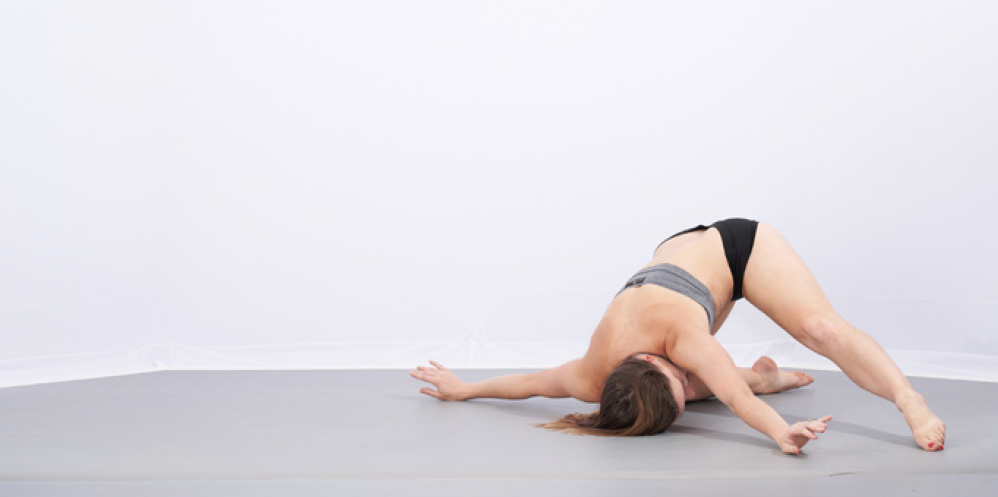We are so excited to share this news with you!
Liquid Motion® is now officially both NASM and AFAA approved continuing education provider and our licensed members can now receive continuing education credits or units (CECs or CEUs) for their Liquid Motion® 1.0, 2.0 and Heels certifications.
This is a huge boost to our company, as it gives us a major stamp of approval from the world’s most recognized fitness organizations. It shows that we mean business! AND we are the only recognized heels provider of CEUs!
What does this mean for you?
If you already hold a certification through NASM or AFAA, such as a personal trainer certification or a group fitness certification, you can now use your Liquid Motion® 1.0, 2.0 AND Heels as a recognized continuing education credit to keep your certifications with NASM/AFAA active.
All NASM/AFAA certification holders must conduct a specific amount of continuing education before they can recertify and keep their certifications active. If you do not already hold one of these certifications, then this information does not apply to you.
If you took a certification anytime in 2021, you can claim these CEUs. To claim them, you need a PDF copy of our updated 2021 certificate with the appropriate information to submit to NASM/AFAA when you recertify with them. Reach out to Danielle to get your new certificate. If you took a certification prior to 2021, then this is unfortunately not retroactive. BUT you can retake any Liquid Motion® certification for 50% off and claim these CEUs with NASM/AFAA. All you have to do is log into your account on the Liquid Motion® website before signing up; our system will recognize your certified status and the discount will automatically apply at checkout!
How many CEUs can I get?
Each organization is slightly different, here is the breakdown:
NASM CEUs:
- 1.0 training = 1.9
- 2.0 training = 1.5
- Heels training = 1.6
AFAA CEUs:
- 1.0 training = 15
- 2.0 training = 15
- Heels training = 15
Ready to start your journey with us AND claim CEUs that you can apply to your other fitness certifications? Sign up now!

